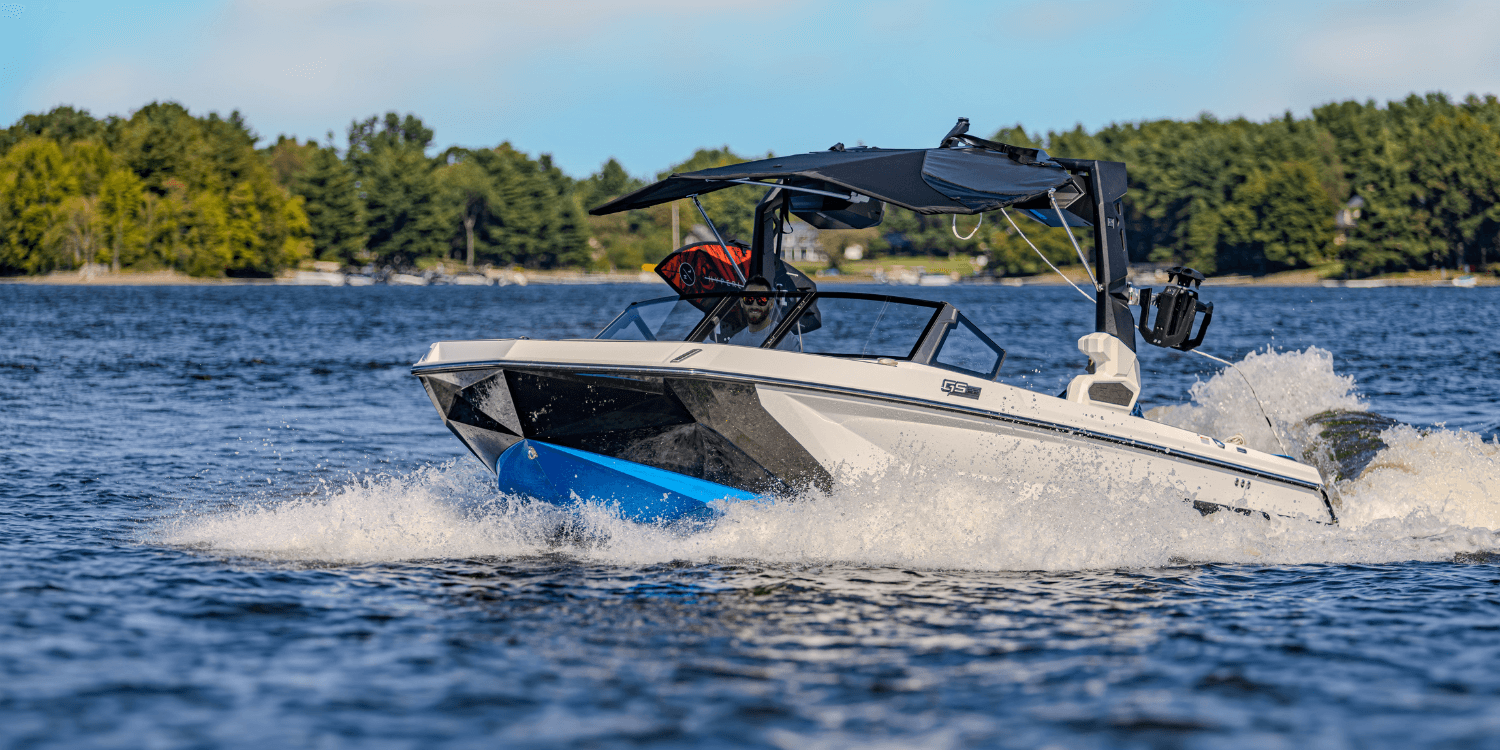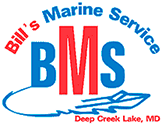Boating Terminology for Beginners: Learn the Basics Before You Launch
Brush Up On Your Nautical Terminology
At Bill's Marine Service, we’re all about helping you feel confident on the water, starting with the basics. Boating comes with its own set of terms, and getting familiar with boating terminology can make your first launch smoother and more enjoyable if you’re new to it all.
Anatomy of a Boat
The first thing to know about a boat is how to refer to it. If you're talking about the front of the boat, it's called the bow. If you're referring to the rear of the boat, it's called the stern. The deck toward the rear is known as the aft deck, then there's the cabin, helm, and cockpit. The latter areas are where the boat is operated. When you discuss the main structure of the boat that you walk on, you'll refer to it as the deck.
Understanding these terms is especially helpful when exploring new and used boats, as you'll be better equipped to compare models, layouts, and features with confidence.
Four Points of the Compass
There's also a specific way to refer to each side of the boat, which matches up to the four points of a compass. Fore refers to the front of the boat or something located toward the front. It's essentially a shortened version of forward. Aft is the opposite of fore and refers to either the back of the boat or something to the rear. Port refers to the left side of the boat when it's facing forward. The right side of the boat is called the starboard side.

Boat Type Terms
It's also useful to know some terms for different types of boats. For example, a bass boat is a boat with a flat deck and shallow draft that's used to fish on protected lakes and rivers. A bow rider is a powerboat with a seating area in the bow. Another type of powerboat is a cabin cruiser. This is typically a large boat with a cabin that may also include sleeping quarters. A pontoon boat is a flat-decked boat with a fenced perimeter that rides atop at least two pontoons. These are family-friendly boats that are great for cruising on lakes.
Nautical Terms and Directions
Instead of using regular directional terms, boaters tend to lean on specific nautical terms. For example, aloft means above the deck, and abeam means alongside or at a right angle to the center of the boat. If you say you're headed aft, that means you're going to the rear of the boat. You don't refer to the speed of a boat in MPH like a car; instead, you use the term knots, which is short for nautical miles. A nautical mile is about 1.15 regular miles. If you're cruising at 20 knots, that's roughly equal to 23 MPH.
Docking Terms to Know
Docking your boat takes some practice, and it helps to know a few key terms. A bow line ties the front of your boat (the bow) to the dock. A cleat is a metal or plastic piece on the dock or boat where you tie the lines. Fenders are soft, inflatable bumpers that go between your boat and the dock to prevent scratches or damage. A spring line helps keep your boat from moving forward or backward. A stern line ties the back of the boat (the stern) to the dock to hold it in place.
This isn’t a complete list of boating terms or boat types, but it’s a solid starting point. For more tips and info, stop by Bill’s Marine Service. Our friendly staff is more than happy to help you with all your boating needs!

